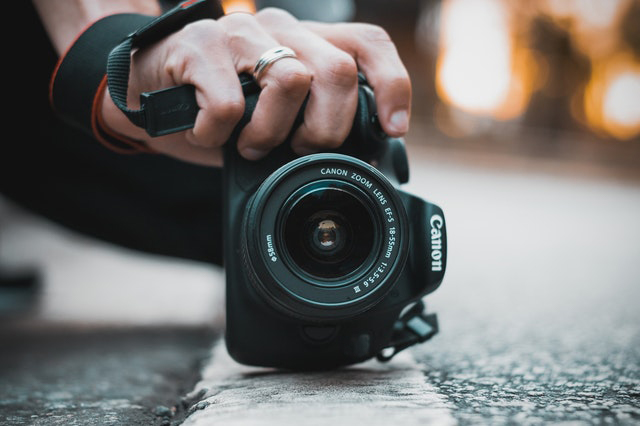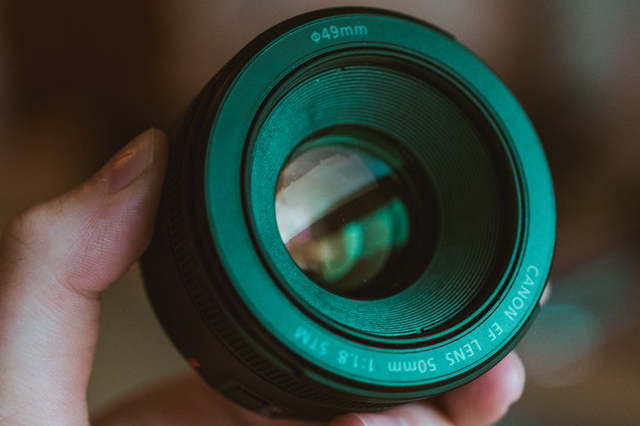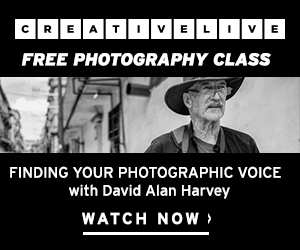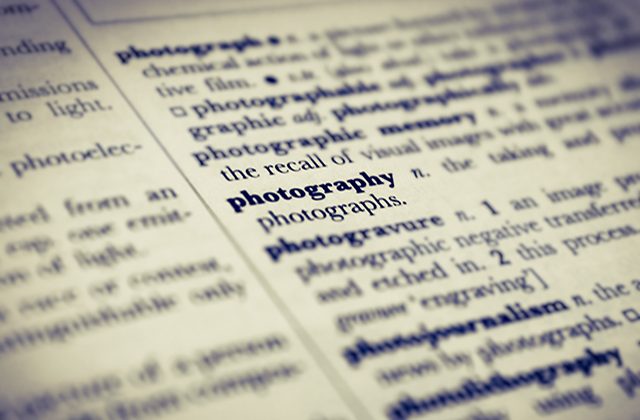Best portrait photography tips: shooting like a pro
I was always fascinated with discovering the magic formula, the best portrait photography tips that could bring my skills beyond their present boundaries. Today, I want to share with you my journey, condensed in a series of seven posts, seven challenges, with a collection of tips you should consider for shooting portraits like a pro
Before proceeding, if you’re totally new to the topic, my advice is to read the article I wrote about basic photography concepts (Learn photography online: basic concepts) to get started.
If you want after reading my article you can also make this class for free:
First challenge: Find the best tools for your photography
When it comes to portraiture, you can easily have fine results using your smartphone, but, if you want to get serious about photography and one day open your own business, or just make amazing images, you should start to get used to important aspects that you only can find in traditional cameras.
You should learn concepts of lens aperture, shutter speed, ISO, focal length, etc.
Here, you will find some hints on the basic gear you need for starting your career in photography. This also will save you time and money
Your first camera
If you’re a newbie, my suggestion is to start by buying a camera with a good size, not extremely heavy. You will normally get a zoom lens attached with the package very good for video and landscape. At this stage, if you get this zoom lens, and you plan to shoot portraits, don’t start using it. Wait! 🙂 Lenses are the most important element you need to consider, and I will explain why.
But let’s start with the body. If you are concerned about budget and you want to give it a go, my advice is going with the Canon EOS 4000D. This camera is lightweight 436 g (0.96 lb / 15.38 oz) very affordable and you can obtain amazing results with it. I suggest Canon over other brands just because, to get started, you can combine to this entry-level body a better prime lens.
A prime lens basically is a lens with a fixed view. You cannot zoom with it, but it has some good advantages you will discover very soon.
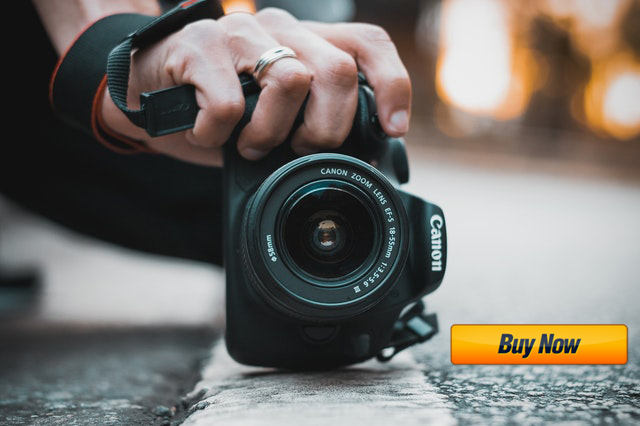
The Canon EOS 4000D is a great starting camera, because of the weight and size. It is obviously bigger than a smartphone or a small camera, but it will easily fit in your backpack or in a small bag.
Click on the image to discover the price that Amazon is offering in your country and let me know in the comment what do you think about it. I guess this is a great deal. I will post here a video review on this camera and you will see yourself how much you will love it. This camera will soon become your companion and without excuses, it will be always with you. Here a video from Canon.
What about Lenses
To get started in portraiture, you need to buy a prime lens. This will give you some extra power.
There are many prime lenses that are good solutions for portrait photography. As you may know, the entry-level DSLRs (like the Canon EOS 4000D) have a smaller sensor (called APS-C sensor) than a full frame camera (like the Canon 5dMark V). A full sensor camera is a more professional tool that can cost up to 20 times the price of the Canon 4000d. A sensor is just like the film that impresses the images you are taking. Basically, when you have different sensor dimensions, you need to consider that the same lens will behave differently. You need to consider a crop factor. Different lenses give different views on cameras with various sensor sizes.
Lenses come in different formats, measured in millimeters; a higher number means a bigger fixed zoom, while a lower number means wider shots. This concept is technically called Focal Length. When the number is low (generally less than 50mm), you will include more elements in your picture; when the number is higher (generally more than 50mm), you will zoom in to the subject of your picture.
The fact that you can include more elements in a portrait picture comes with a price. You always should consider your distance from the subject before shooting. If the distance is too short, you can achieve some “funny” results. This is called barrel distortion.
This happens because our camera is creating a picture in 2 dimensions from our reality of 3 dimensions. When you get too close to the subject, the wider lens will try to include all elements together, causing the barrel distortion.
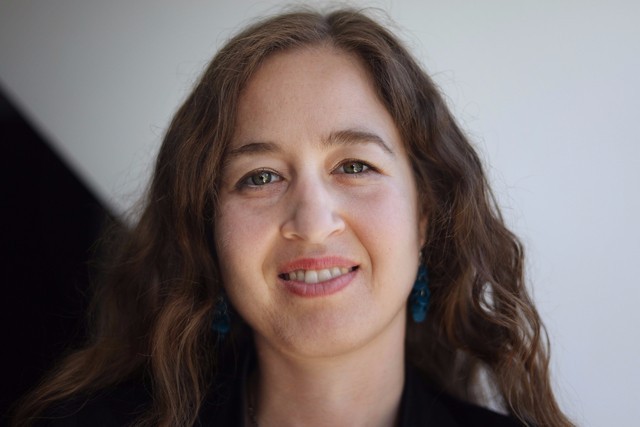
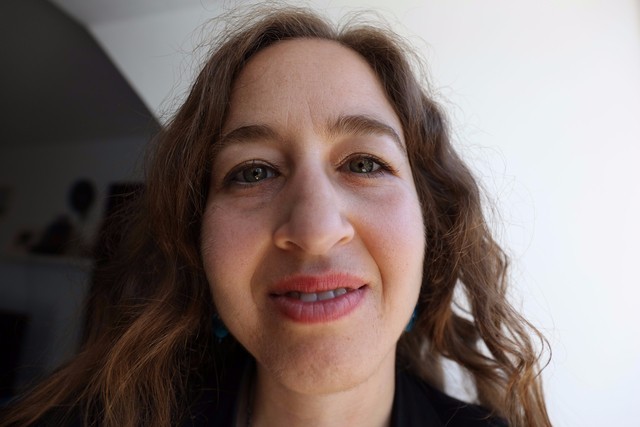
The higher the focal length number, the less possibilities you will have this distortion, because you naturally will step back to include the subject in your picture, and the background also will be less intrusive, making the background blurred.
If you decide to go with Canon there is a great lens that you should consider to buy. This is perfect in term of price and also in terms of weight. It is the perfect combo for the Canon EOS 4000D. Just click the link to check the price on Amazon.
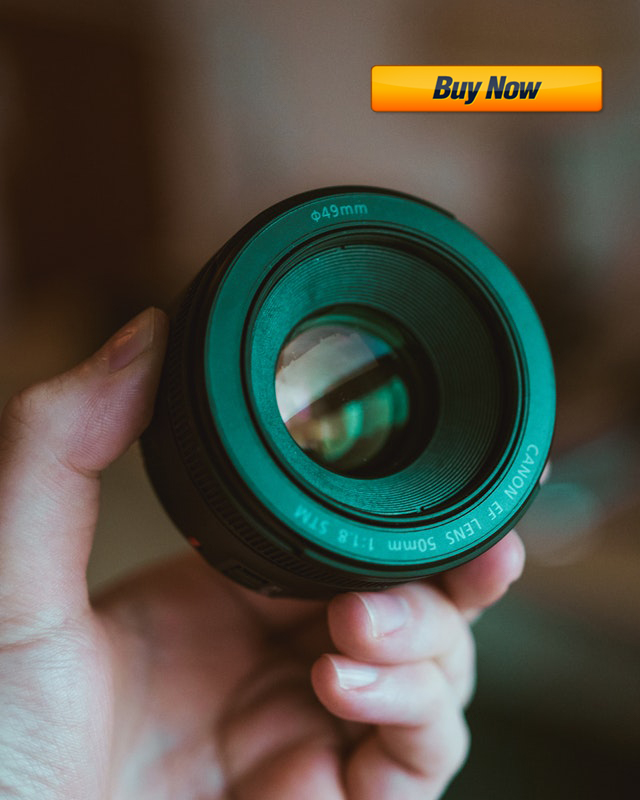
And remember, even if one day you will change the camera body, you can always continue to use this lens. It’s, in fact, compatible with all Canon Full Frame and APS-C bodies.
How I can blur the background?
There are two ways you can have a blurred background. One is to use a lens with a large aperture (see my article). The second way is to use a lens with a higher focal lens (generally more than 100mm). You can easily understand at this point that the zoom lens included in the package cannot make your background blurred, due to having a very small aperture when compared to the prime lenses (here the difference between a lens aperture of F/2 wide open and the same lens at F/22)


The APS-C sensor of Canon lenses has a crop factor of 1.6x. For example, if you have a 50mm lens, this will give the same result as an 80mm lens on a full frame camera (50 x 1.6 = 80).
For portraiture, you then can consider the following Focal Lengths: 35mm, 50mm, and 85mm. This corresponds to 56mm, 80mm, and 136mm lengths that are the best Focal Lengths to get started in portrait photography.
My personal advice is to go with the canon 50mm 1.8.
This lens is incredible. Even if has a large aperture, it’s extremely low-priced. It will give you all you need to blur the background in your images. If you want to know how to do that, just read this article and see my video when I will post the review of the Canon EOS 4000D.
You also can go for the other two lenses—the 35mm and the 85mm—but they are quite pricy. Here, you can find some low-priced solution I personally offer, if you decide to go with these.
Conclusion
Now you’ve got all the elements to get started a great adventure. I’m available for your comments or questions. In the next post, I will give some hints on how to get a model for your photo shoots. With a few small steps, you immediately will have access to a great quantity of people who will help you create your portfolio and bring your passion to the next level. Stay tuned!
Subscribe to our Newsletter
Subscribe and get your free e-book "Basics concepts on photography"
By becoming a Subscriber you are consenting us to send you regular emails with articles, tools and personalized offers. We only send value added emails, if you believe you don't get enough value, you can unsubscribe anytime. Please see the Privacy Policy for details.


